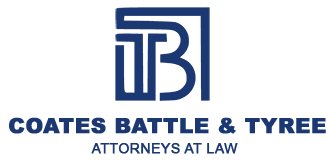A public radio station recently aired a story about a couple who were facing more than $160,000 in debt they could not pay back. While this couple’s story is unusual in some ways in at least one important way, their story is all too familiar: They had no health insurance, and now they are facing the prospect of bankruptcy because of medical debt.
Medical debt is a huge burden on the American economy. According to the Centers for Medicare & Medicaid Services, Americans spent an average of $12,530 per person on health care in 2020.
Given that the median annual household income in the United States is somewhere around $71,000, health care can be a major expense for families. Huge numbers of people cannot afford to pay for care when they need it, and so carry debt.
For those without insurance, the problem is especially bad. Three out of five uninsured people in the United States have some amount of medical debt.
Personal bankruptcy
There are many ways to get out of debt, but one of the fastest and most effective is through filing for personal bankruptcy. The two main forms of personal bankruptcy are known as Chapter 7 and Chapter 13, after their places in the U.S. Bankruptcy Code.
Chapter 7
Chapter 7 is the most common form of personal bankruptcy. It’s also the fastest. If you file for Chapter 7, you can expect to see most of your debts eliminated in just 3-5 months.
If you file for Chapter 7, you will have to liquidate some of your assets in order to satisfy your creditors. However, the Bankruptcy Court and Virginia law allow for important exemptions that will let you keep your car, equity on your home and important household items.
Chapter 13
Chapter 13 bankruptcy is slower than Chapter 7. It takes 3-5 years instead of 3-5 months. However, it has some advantages for those who are eligible.
Rather than forcing you to liquidate your assets, Chapter 13 requires you to work out a plan to pay off your debts over time. If you keep up with the payments, at the end of the period, the court will discharge many of your remaining debts.
Because it requires you to make regular payments, Chapter 13 is best for a person who has a job, or another form of steady income.
Medical debt and bankruptcy
Both types of personal bankruptcy can help eliminate medical debt.
Debts are usually categorized as either secured — meaning they are backed by some sort of collateral — or as unsecured — meaning they are not backed by collateral.
Medical debt is unsecured, because there is nothing for the hospital to repossess from you in order to satisfy your debt. Both types of personal bankruptcy are well suited to discharging unsecured debts.

